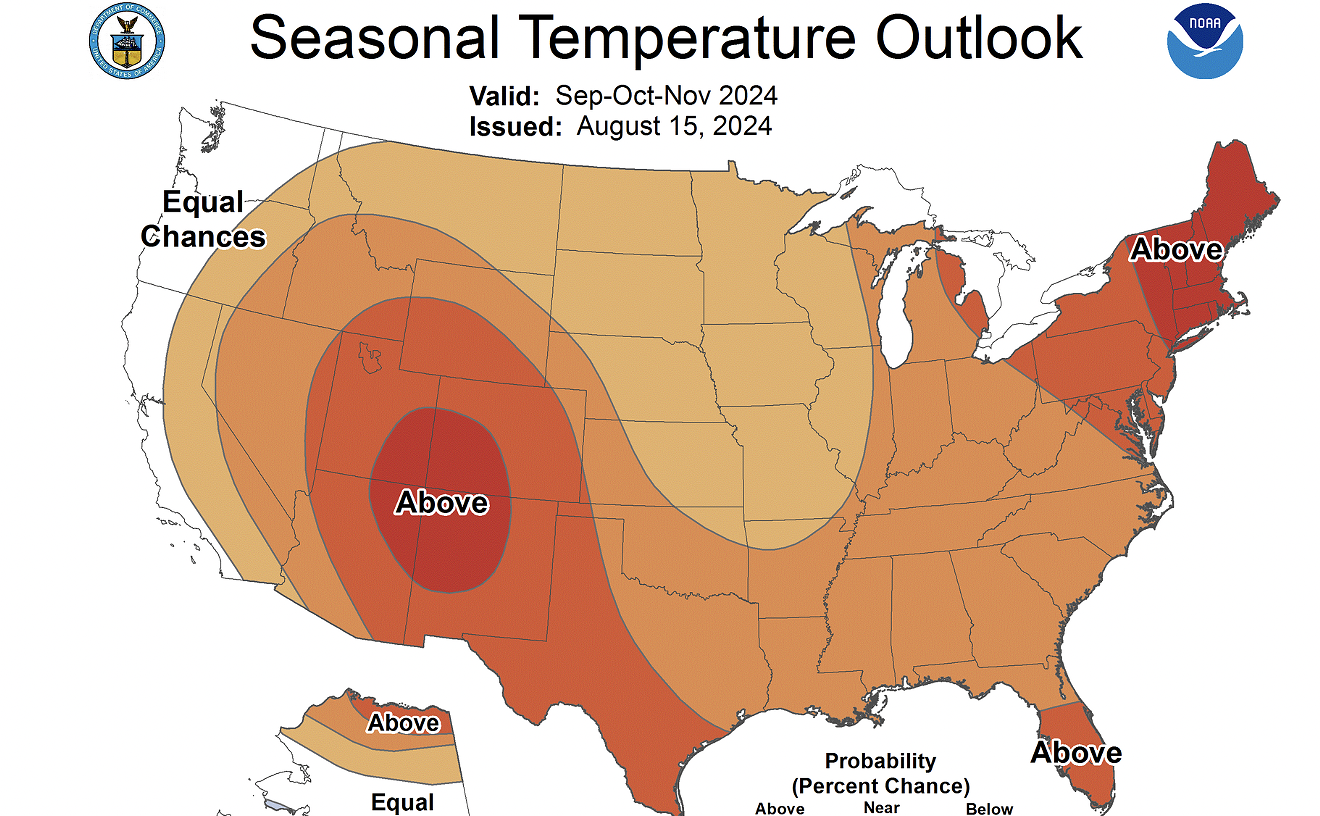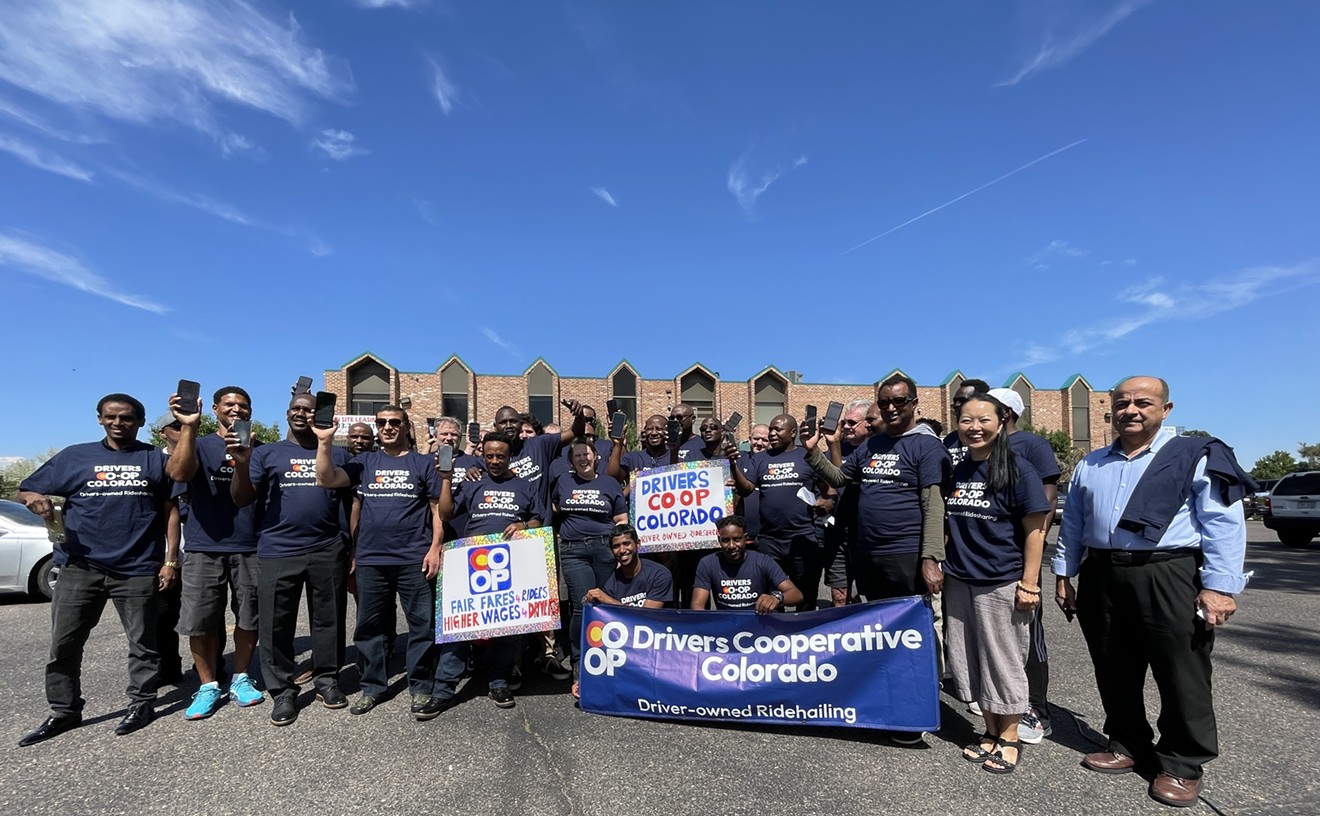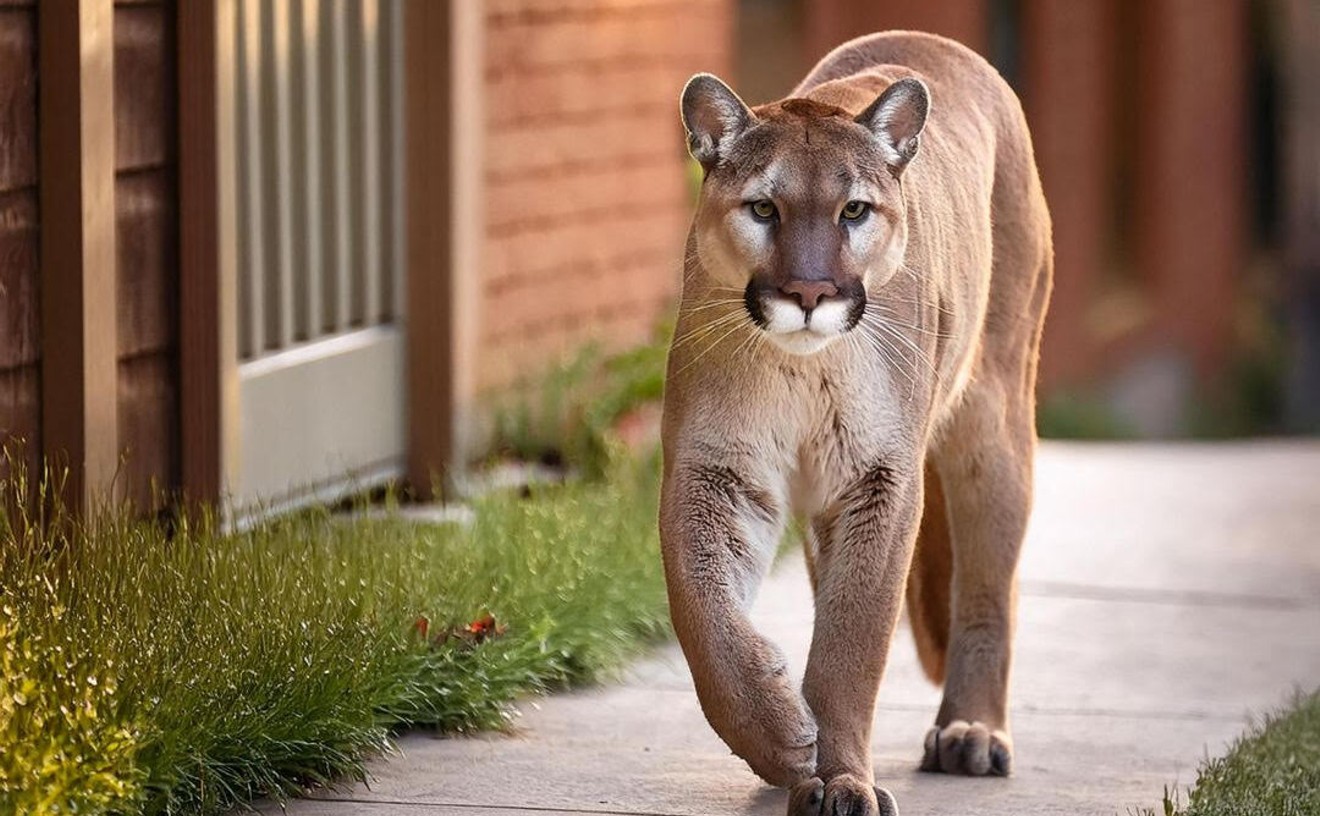If you've driven through the high country in recent days, you've likely seen roadkill along the side of highways and interstates.
But collisions involving wildlife don't only kill animals — especially during this time of year, when migration patterns result in more deadly encounters between vehicles and large game such as deer and elk.
"Over the last ten years, we've had more than thirty deaths in the state of Colorado due to animal-vehicle crashes," says Lisa Schwantes, Colorado Department of Transportation communications manager for Region 5, in the southwest part of the state. "And earlier this month in our region, we had a motorcycle-animal collision that resulted in a human fatality."
CDOT is trying to mitigate the potential for tragedy in a variety of ways. A safety campaign dubbed "Wildlife on the Move" is currently under way, with the goal of sharing best practices when it comes to preventing such crashes. Meanwhile, the state is busy expanding its network of what are known as wildlife underpasses — construction projects that attempt to funnel wildlife from one side of the road to the other without endangering animals or drivers.
There are currently 31 wildlife underpasses (and/or overpasses) across Colorado, including the one seen at the top of this post — the Colona underpass, on U.S. 550 between Ridgway and Montrose. And a new one — the Dry Creek underpass — is currently being built on U.S. 160 along the route from Durango to Bayfield.
The pre-existing underpasses are getting heavy use these days, Schwantes notes.
"We've found that there are two periods in the calendar year — in the spring and in the fall — when we see a lot of wildlife moving," she points out. "Their migration patterns show that during the summer, they're in the high country. And as the snow starts flying, they tend to move to lower elevations in the fall, so they can better acquire their food and water sources. And we see an increase in vehicle-animal crashes during those migration periods."
The vast majority of these crashes are fatal to the animals involved, and even when they don't kill the drivers involved, "they typically do severe damage to the vehicles and can also result in serious injuries," Schwantes continues. "And it's not just large game in these crashes. Just about every kind of animal does cross the road: wildcats, bobcats, wild coyotes, foxes. That's why we've been constructing animal underpasses along their migration corridors."
Not all of these projects are started from scratch. "Sometimes, we can utilize culverts or bridges that are already in existence," Schwantes says. "For example, we can build high fencing, so that rather than the animal being able to cross the road on either side of a bridge, we can funnel them under it. But other times, we construct new structures like the Dry Creek underpass, which animals are already using, even though it's not even completed yet."
Most motorists "won't even know the underpass is there" when it's completed, Schwantes allows. "It looks like a large concrete culvert that's about twelve feet high, and it's built in the Dry Creek drainage area. In wet weather, water will run underneath it. But when it's dry, animals can access this path from one side of the highway to the other very easily."
Of course, doubling or tripling the number of underpasses still won't stop all animal-vehicle crashes from happening in Colorado, where, as Schwantes acknowledges, wildlife migrates "just about everywhere." She advises drivers "to use caution and be aware of animals, particularly at dusk, because animals tend to start moving at that time of day. You should definitely slow down if you see animals on the side of the road, because they're trying to make the decision about whether or not to cross the road. If you're going at a slower speed, that will help you brake in a more timely manner. And where you see one animal, you're probably going to see more."
Spotting wildlife near the road becomes more challenging at night, she concedes — "so it's wise practice to scan the side of the road while you're driving, and always be on the lookout for those shining red lights: their eyes."
Colorado "is such a beautiful state," Schwantes says, "and a lot of the attraction is due to the wildlife that exists and thrives here. But that does create some concerns when they're migrating. And they're migrating right now."
Here's a Colorado Department of Transportation video about "Wildlife on the Move."

Audio By Carbonatix
[
{
"name": "Air - MediumRectangle - Inline Content - Mobile Display Size",
"component": "12017618",
"insertPoint": "2",
"requiredCountToDisplay": "2",
"watchElement": ".fdn-content-body",
"astAdList": [
{
"adType": "rectangle",
"displayTargets": "mobile"
}
]
},{
"name": "Editor Picks",
"component": "17242653",
"insertPoint": "4",
"requiredCountToDisplay": "1",
"watchElement": ".fdn-content-body",
"astAdList": [
{
"adType": "rectangle",
"displayTargets": "desktop|tablet"
},{
"adType": "rectangle",
"displayTargets": "desktop|tablet|mobile"
}
]
},{
"name": "Inline Links",
"component": "18838239",
"insertPoint": "8th",
"startingPoint": 8,
"requiredCountToDisplay": "7",
"maxInsertions": 25
},{
"name": "Air - MediumRectangle - Combo - Inline Content",
"component": "17261320",
"insertPoint": "8th",
"startingPoint": 8,
"requiredCountToDisplay": "7",
"maxInsertions": 25,
"watchElement": ".fdn-content-body",
"astAdList": [
{
"adType": "rectangle",
"displayTargets": "desktop|tablet"
},{
"adType": "rectangle",
"displayTargets": "desktop|tablet|mobile"
}
]
},{
"name": "Inline Links",
"component": "18838239",
"insertPoint": "8th",
"startingPoint": 12,
"requiredCountToDisplay": "11",
"maxInsertions": 25
},{
"name": "Air - Leaderboard Tower - Combo - Inline Content",
"component": "17261321",
"insertPoint": "8th",
"startingPoint": 12,
"requiredCountToDisplay": "11",
"maxInsertions": 25,
"watchElement": ".fdn-content-body",
"astAdList": [
{
"adType": "leaderboardInlineContent",
"displayTargets": "desktop|tablet"
},{
"adType": "tower",
"displayTargets": "mobile"
}
]
}
]











